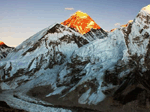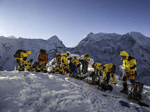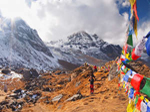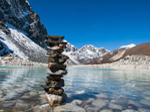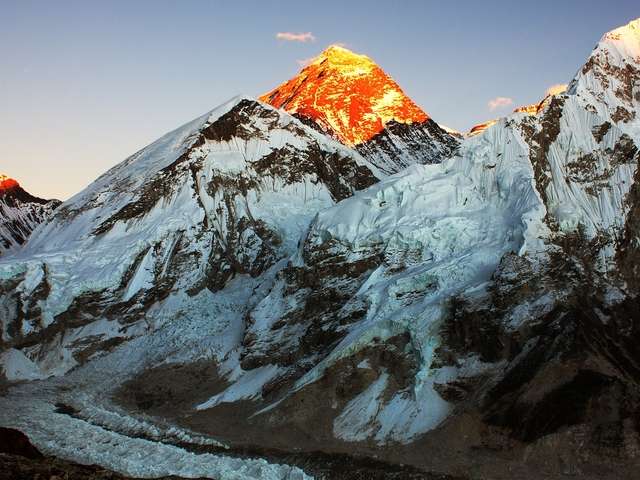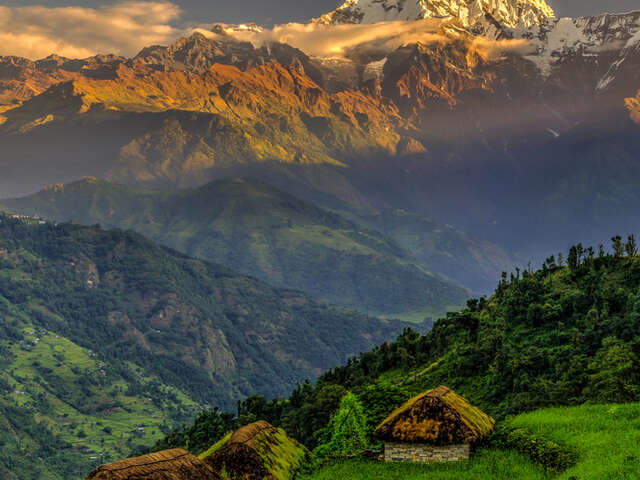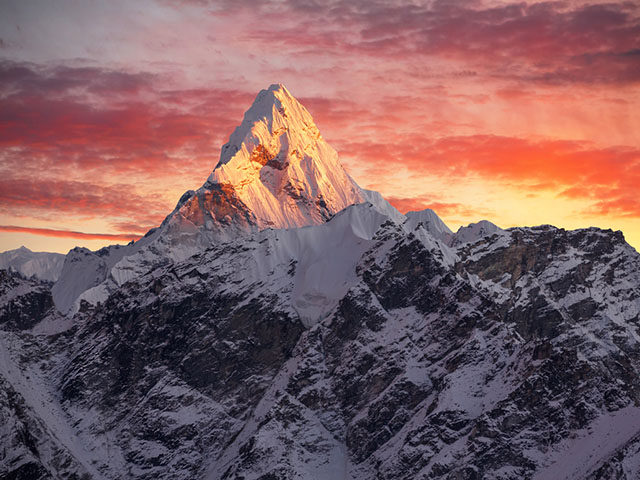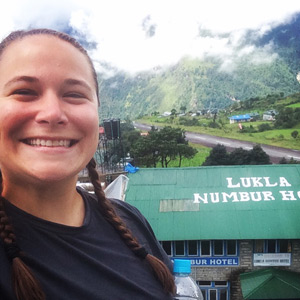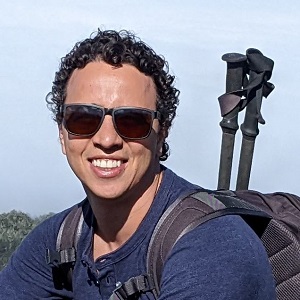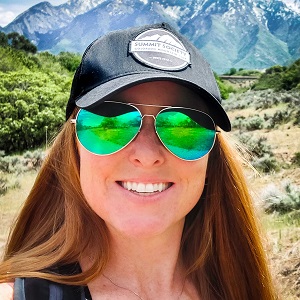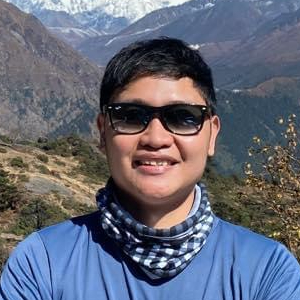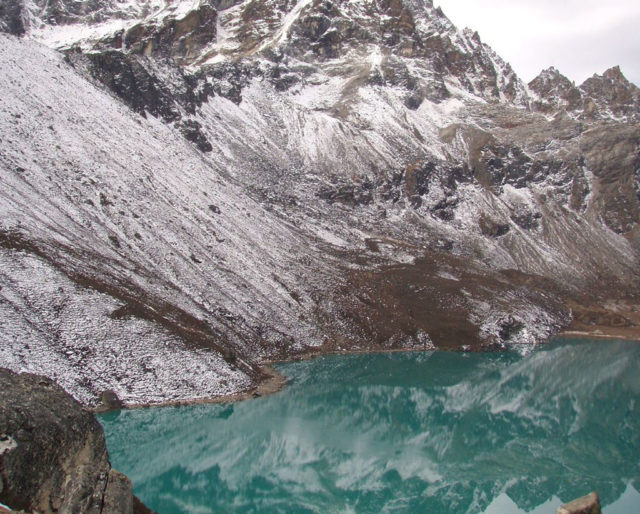
What is the Three Passes Trek?
The Three Passes Trek is a 20 Day long adventure and is equally one of the most challenging and the most rewarding treks offered in the Himalayas. It gives adventurers the chance to visit the ever popular Everest Base Camp, while also taking them off the beaten path to some of the most astonishing (and too often missed) sights that Nepal has to offer. As the name would indicate, this trek takes you through three different passes: the Cho La (5400 m), Kongma La (5535 m), and Renjo La (5360 m) as you traverse across the rich landscape. You’ll take in the glistening Gokyo Lakes, traditional villages, the large Ngozumpa Glacier, and, of course, unbelievable views of 4 of the 10 of the world’s tallest mountains: Cho Oyu (8,201m), Makalu (8,463m), Lhotse (8,516 m) and Everest (8,850m).
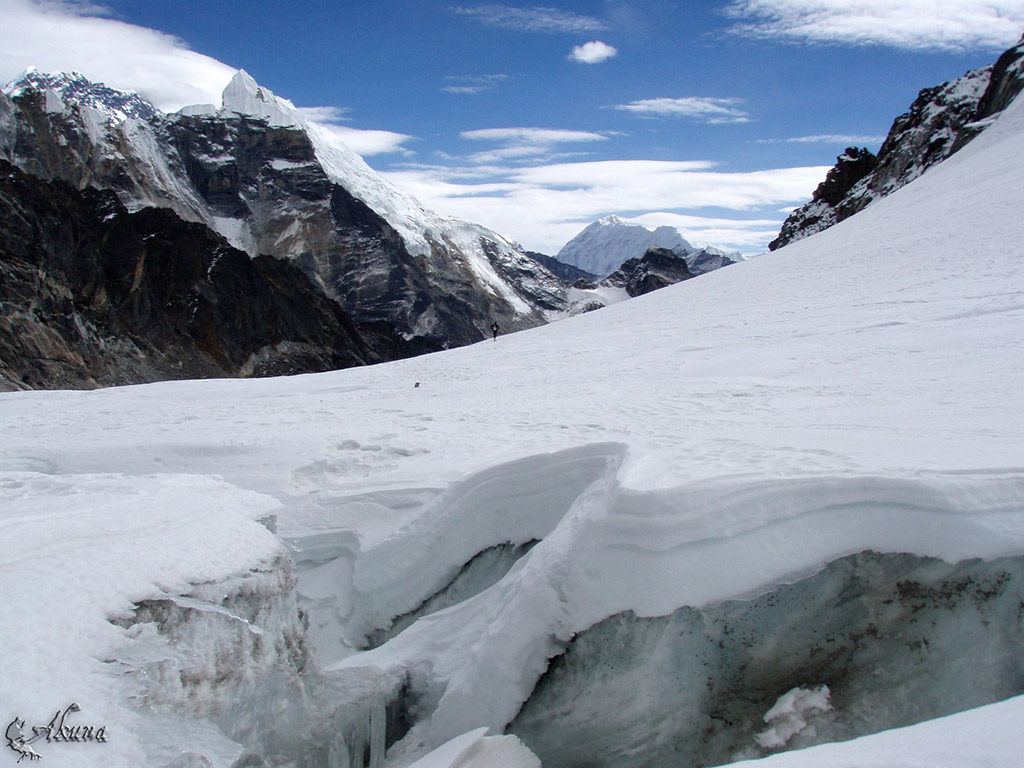
1. It’s A Challenge With Great Reward
This trek is more difficult than the classic Everest Base Camp Trek, not only because it is longer, but it also involves traversing the three high passes that lend the trek its name: Renjo La, Cho La and Kongma La–all of which are over 5,000 m (16,500 ft). The trek has two days built in for rest and acclimatization, but even so most days you’ll be hiking about 5-8 hours a day at high altitudes, which requires a certain level of fitness, determination, and endurance. This trail is a true challenge, even for experienced hikers in the Himalayas. However, if you are up to the task, the Three Passes trek really does offer all the best of the Khumbu region.
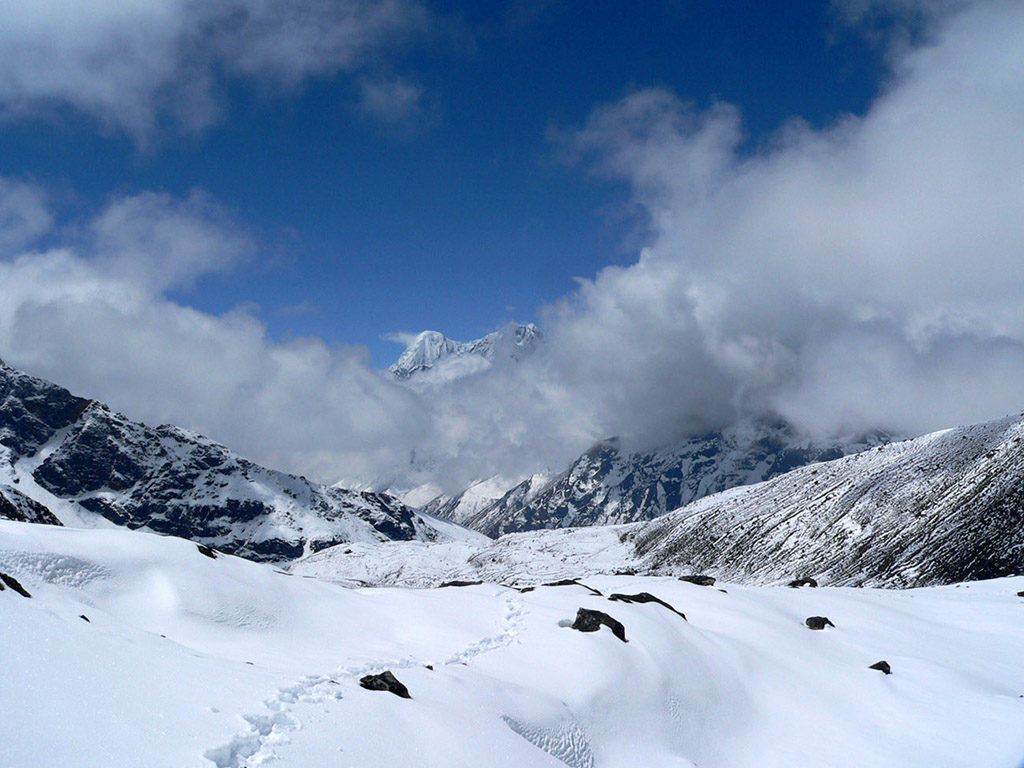
2. Less People, More Nature
The Everest dream is a popular one and with so many companies doing treks up to Everest Base Camp everyday, it’s a dream many can achieve more easily nowadays. During high season, some 500 travelers may head out to the Base Camp every day. However, there are still parts of this vast and beautiful region that remain quieter and more undisturbed. The Three Passes diverges from the traditional, and busier, Everest Base Camp route after Namche, and takes you around the backcountry of the extraordinary Khumbu Region. Because it is challenging, and less well known, the trek doesn’t see nearly as many people as other treks, in fact you can walk for hours without seeing another group on some sections of the trail. This makes for a more immersive, once-in-a-lifetime experience, and offers a chance to really connect with the breathtaking nature that envelopes you.
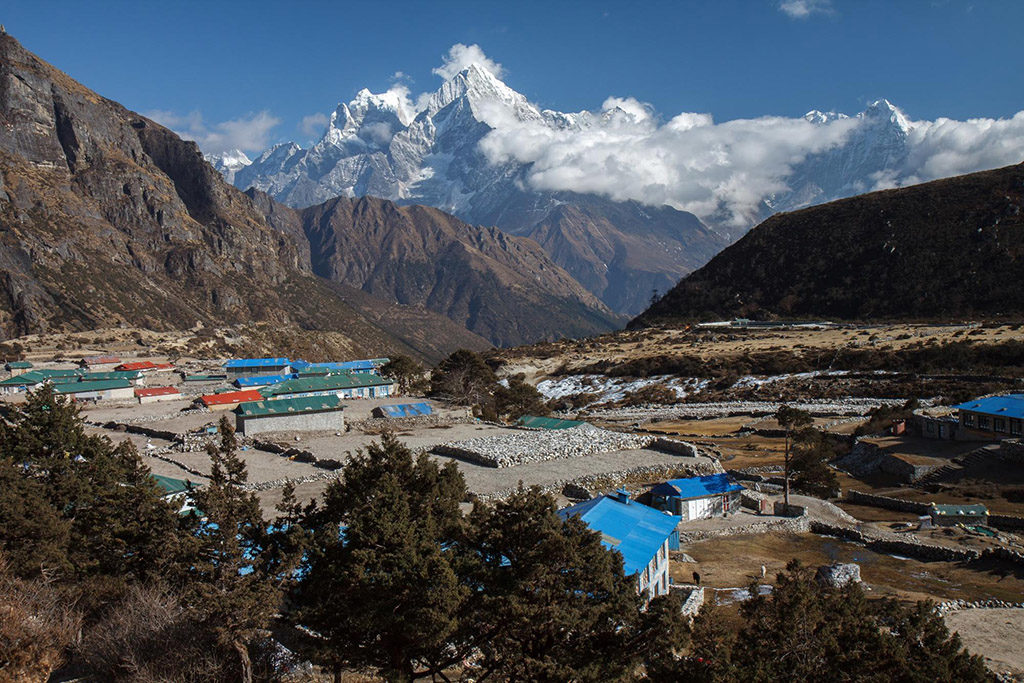
3. The Unique Sherpa Village of Thame
One of the unique gems of this trek is the opportunity to visit the traditional Sherpa village of Thame. For such a small village that doesn’t see many trekkers, Thame holds a particularly rich and great history. It is most notably home to many famous climbing Sherpas including Kami Rita Sherpa, who set a new record for the most visits to the peak of Everest in May of 2018 with 22 ascents. Apa Sherpa and Phurba Tashi Sherpa, also from Thame, previously tied for this record with 21 summits. In addition to it’s Sherpas, other famous people from Thame include Tibetan Buddhist scholar and philanthropist Lama Zopa Rinpoche who founded the Foundation for the Preservation of the Mahayana Tradition (FPMT) with Lama Thubten Yeshe.
Aside from its people, Thame also houses one of the oldest monasteries in the Khumbu region, which is known for its annual Mani Rimdu festival. Unfortunately, during the earthquake in 2015, much of Thame was damaged, including their large stupa, which was totally destroyed. But, thanks to generous contributions to the Stupa Fund, a new, larger one, standing at nearly 46 feet tall has been built using much of the materials from the original stupa.
Thame is a place unlike any other. It is a village of resilience, beauty, spirituality and strength, and it is an experience that is not to be missed.
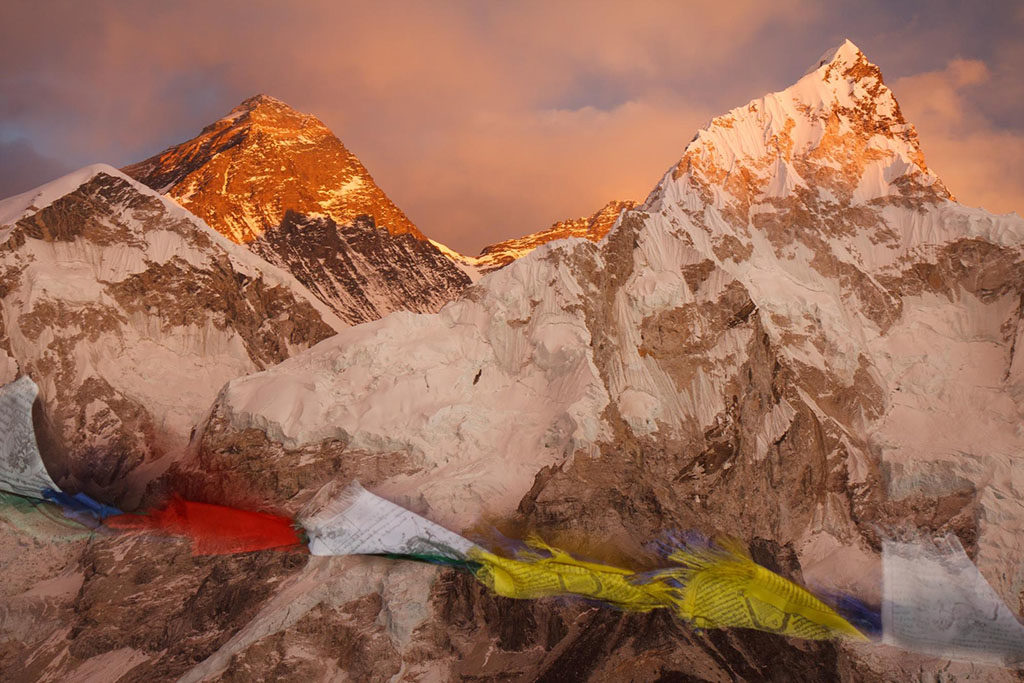
4. Unbeatable Views From The Summit Of Gokyo Ri & Kala Patthar
On this trek you’ll have the opportunity to summit two peaks: Kala Patthar (5,545 m) and Gokyo Ri (5,357 m), from which you’ll get the most spectacular views of some of the world’s tallest mountains that the Himalayas has to offer.
Kala Patthar, meaning “black rock”, is the highest of the two peaks, and is the top point of the Everest Base Camp trek. It is the most popular peak to trek to, not only because of it’s amazing views, but it’s also one of the highest points in the Himalaya that can be reached without any technical climbing skills. The summit of Everest is not actually visible from Base Camp so most trekkers will opt to climb Kala Patthar in order to view it. From Kala Patthar you get the “official”, brag-worthy view of Everest, up-close and personal, in addition to excellent views of the surrounding peaks Nuptse Nup, Changtse and Lhotse.
Gokyo Ri is less travelled to than Kala Patthar though it offers sights that could rival the more popular peak. While the mountain views from Gokyo Ri are more distant, many deem the view from this peak even better than the one you get from Kala Patthar. From there you can see 4 of the 14 tallest peaks in the world, all over 8,000 m: Lhotse (8501 m), Makalu (8475 m) Cho Oyu (8153 m) and, of course, Everest (8850 m). In addition to this already awe-inducing view, you’ll also be able to see the Ngozumpa glacier, the largest glacier in the himalayas, right below you.

5. The Stunning Scenery
The number one reason to make this challenging trek, is that it offers views like no other. It takes you through some of the more popular areas of the region, such as the Base Camp and Kala Patthar, from which you’ll get the closest views of the great Mount Everest, but it also provides an opportunity to bask in some of the lesser known and wildly beautiful sights of the Khumbu Region. You’ll journey through the Gokyo valley, crossing the largest glacier in the Himalayas, the Ngozumpa glacier, and take in Gokyo’s six stunning turquoise lakes, some of the highest-altitude freshwater lakes in the world. The small village of Gokyo lies on the shores of the third lake and provides the most incredible view of mount Pharilapche (6017 m) rising above it. You’ll also enjoy jaw-dropping views of four of the ten tallest peaks in the world, picturesque walks through forests of rhododendron, and immersive strolls through traditional villages and monasteries. It is a trek that offers the best of the best in terms of culture, and scenery in the Himalayas.
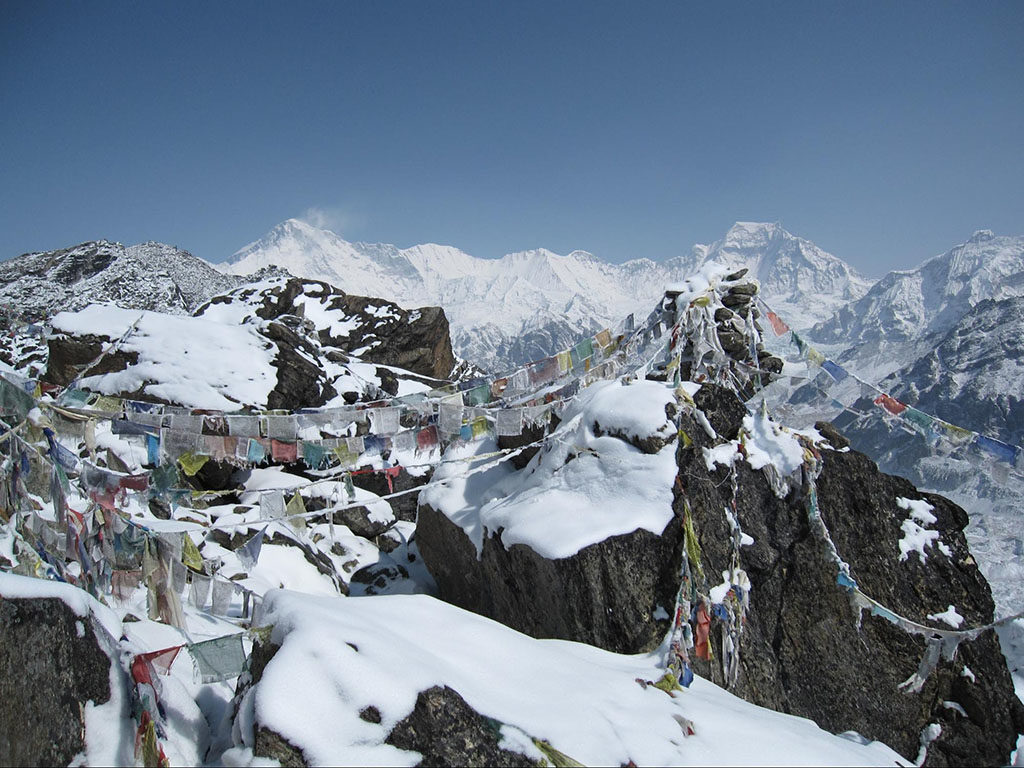
6. See More By Making A Circuit
The Three Passes and Everest Base Camp is arguably the most complete trek in Nepal as it covers most of the Everest region on its circular route. When making the regular Everest Base Camp trek, travellers take the same path down as they do going up. However, the Three Passes and Everest Base Camp trek is done as a circuit. This means you spend a lot less time back-tracking, and covering the same ground twice, and a lot more time taking in as much of the breathtaking landscape of the Himalayas. You can choose to navigate the trek clockwise or counterclockwise though it is worth noting that when you go counterclockwise–going up northeast to Everest Base Camp and Kala Patthar first before taking Cho La Pass to Gokyo and snaking back down through Renjo La and Thame to Namche Bazar–the scenery gets progressively better, and acclimatization is easier. However, it really comes down to preference. Our normal itinerary is to go to Everest Base Camp first as the acclimatization profile is easier.
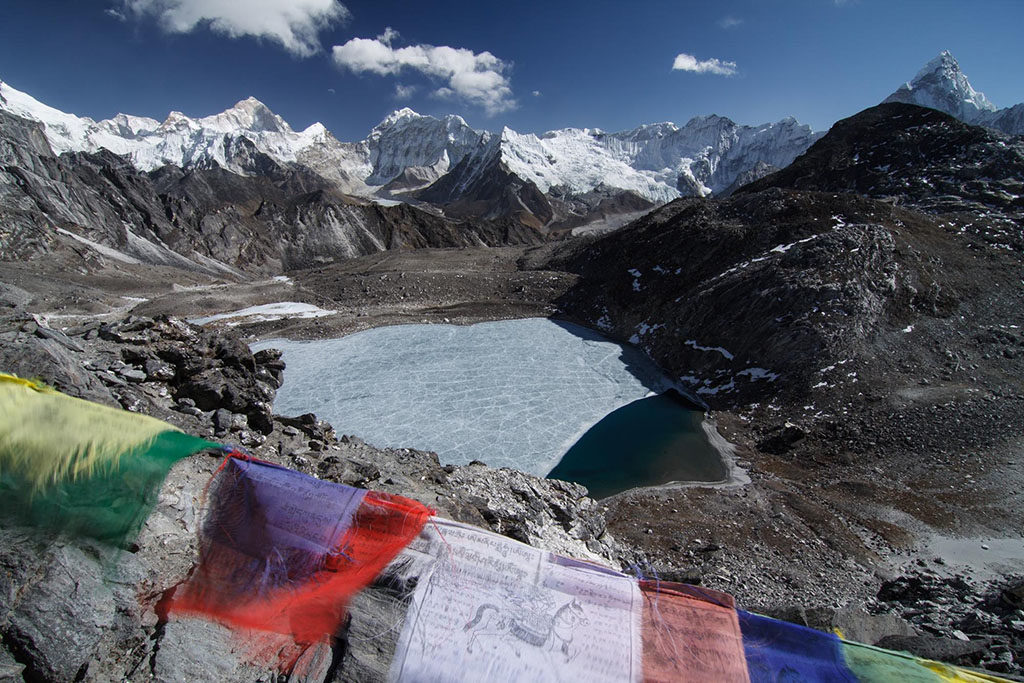
7. See the Ngozumpa glacier
Everyone tends to think of the Khumbu glacier at the base of Everest but the Ngozumpa Glacier in the Gokyo Valley is actually larger and more impressive. The glacier itself drains off the face of Cho Oyu and runs 36 km (22 miles) down the Gokyo Valley making it the longest in the Himalayas. At its lower end it has been melting in recent years and several lakes have formed on the surface of the glacier. Much of the lower section of the glacier is covered by a thick layer of moraine material (rocks) but the ice is still present underneath.
Tips For Making The Three Passes Trek
Fitness
When it comes to trekking in the Himalayas, preparation is key. And because The Three Passes and Everest Base Camp trek is perhaps the most challenging offered, that preparation is all the more important. The trek requires you to hike at high elevations for five to eight hours depending on the day for 17 days (with two of those days being for rest and acclimatization). So a big part of training for such a trek is building endurance and stamina. This can seem daunting at first but you don’t need to immediately go out and run a marathon to get ready for this trek. Start small, build your endurance and increase the difficulty over time.
Here are some tips to get you started:
- Go on hikes. Hiking is by far the best way to prepare. Put on your hiking boots to get them good and broken in, grab your day pack with a bit of weight in it, then find local trails or just get out and walk, increasing the duration until you become comfortable with walking for hours at a time.
- Do cardio. Cardio workouts like jogging, swimming, and cycling help train your body to work hard with less oxygen, which will help you keep your breath and focus at high elevations on your trek.
- Start early and taper off before your trek. Stay active and keep stretching but don’t push yourself too hard the week leading up to your trek. This way you’ll feel prepared but refreshed and ready to go when you get to Nepal.
For more tips check our blog post: Fitness for Everest Base Camp
Best Time of Year
Because of heavy snowfall on the high passes during the winter months, these passes, like Cho La, are often closed from late November to Mid-February. June to August is also the rainy season and is not a recommended time for any trek in Nepal. So the best time for this trek is typically in spring from March to May and autumn from September to November when the temperature and weather conditions are at their best.
Flickr Image Credit:
akunamatata
akunamatata
Petr Meissner
Petr Meissner
lieber_matthew
akunamatata
Mahatma4711
Petr Meissner
